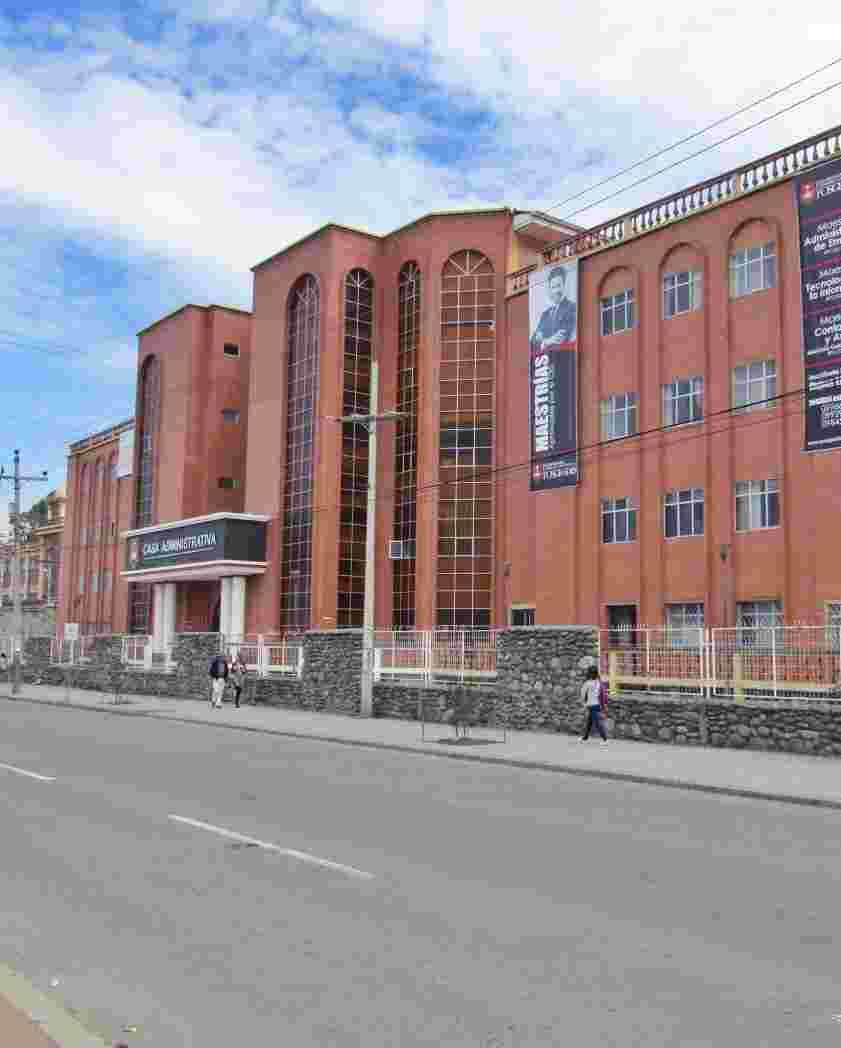Medicina Veterinaria
URI permanente para esta comunidadhttps://dspace.ucacue.edu.ec/handle/ucacue/52
Examinar
Examinando Medicina Veterinaria por Asesores "Quinteros Rodas, Wilson Olmedo"
Mostrando 1 - 1 de 1
- Resultados por página
- Opciones de ordenación
Ítem Acceso Abierto Tiempo de infiltración de los huevos de toxocara canis en función del tipo de suelo(Universidad Católica de Cuenca., 2025) Villa Lucero, Marcia Catalina; Quinteros Rodas, Wilson Olmedo; 0104760509A study was carried out to determine the level of infiltration of Toxocara canis spp. eggs in three types of soil, as a contamination factor in soils or green areas, through an experiment that artificially simulated the parasite’s mobility in the laboratory. Eggs from the specimen were identified in fecal samples, and refined sawdust was used as a biosimulator material, which were evaluated together using the Faust Method. The three types of soil —sand, humus, and common soil (silt loam)— were placed in a cylindrical PVC tube measuring 12.7 cm (5 inches) x 20 cm in height, where the material was deposited. For 10 days, the samples were evaluated at three depths (5 cm, 10 cm, and 15 cm) to determine the degree of infiltration of Toxocara canis eggs. The results show positive cases for each type of soil, regardless of the soil type, with a higher number of positive cases at a depth of 5 cm. The presence and absence of simulant particles smaller than 100 um were evaluated, and finally, Toxocara eggs were identified at a depth of 5 cm. It is concluded that soils supersaturated with water inhibit infiltration, with higher infiltration rates observed after the first irrigation due to natural runoff. This suggests that the parasite could survive at these levels without exposure to sunlight, making this a preliminary study to understand the mobility of Toxocara canis in different soil types and thus preserve public health. Keywords Biosimulator, Faust Method, Humus, Public Health.




